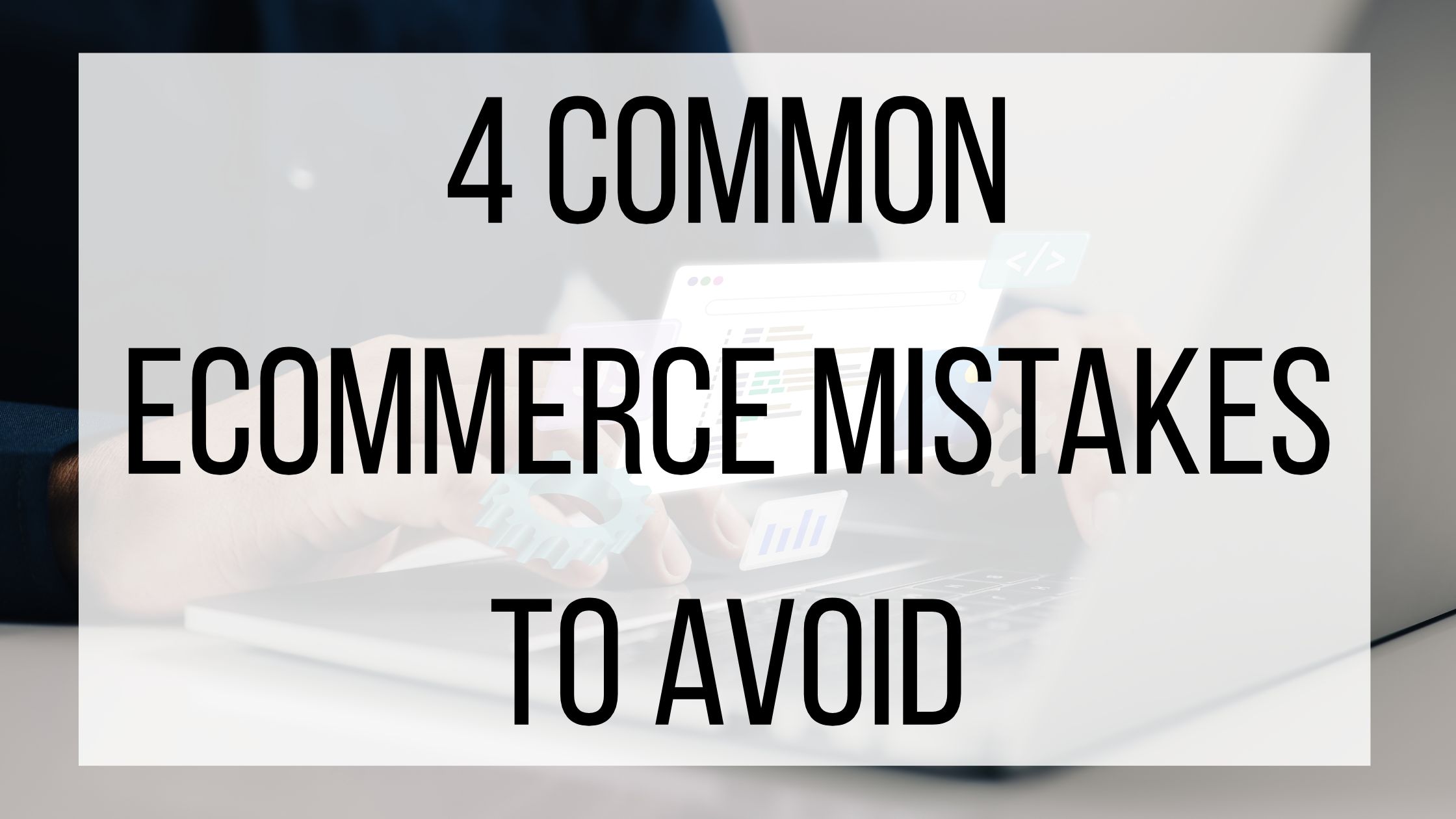How To Create An eCommerce Budget

When starting out expanding your eCommerce business, excitement is at a high. Bringing your ideas to life is one of the best parts about starting a business, and seeing your competitors or others in your industry running creative advertisements, buying cool new equipment, or introducing new products will only amplify your excitement to jump right in yourself. However, before you rush into investing money in anything business related, create a budget to help you decide what you really need, and what might not be worth your money and time.
Where To Start:
First things first, look at the basics. How much money does you company have to spend total? If you are getting the business off the ground yourself, seriously consider how much money you are willing to contribute to your business’s success outside of your business budget. If you are not willing to able to contribute extra funds, make sure to stick with that decision. Lastly, think of your goals for your business and rank them from most to least important. Knowing where your priorities are will help you when it comes times to decide where to spend more or less of your budget.
Where To Start Investing:
Map out important basics such as cash flow, a high level forecast of your financial year, and how much you can afford to invest off the bat. Once your business starts making money, consider taking the majority of your salary and re-investing it into your business. Even if it’s just for a few months, that extra cash can help significantly boost your company. If you cannot afford to take that pay cut, that is perfectly fine! Just make sure that you are prepared for a more slow and steady growth.
Profit First by Mike Michalowiz is a great resource to help you outline a simple system that will help you grow your profits in a smart and efficient manner. Profit First breaks revenue down into four categories: Owner’s Compensation, Operating Expenses, Taxes, and Profit. Deciding on what percentage goes in each category depends on your industry and the size of your business. Only you know what option is best for you and your company, and you can make changes as your company grows!
Predicting Your Finances:
Looking at your annual forecast is a way for you to stay on top of your finances and predict how your financial year will turn out. A quick Google search can help lead you to resources and software that can help you predict your year, if finances are not your teams specialty. Having an idea of when your company is likely to see a spike in sales, or a decline, can help you plan your year as efficiently as possible. For example, say you want to redesign your website. Choosing to do this during your busy season will overwhelm your team, and it is likely to not be as great as it could be. However, if you aim to do projects like this while you are in a down season, you are keeping up team productivity and allowing them more time to focus on the main tasks at hand. Keep an eye on your cash flow and any patterns you see there as well to help you make the most out of your time.
Creating and keeping a budget can sound like a boring task, but it is so important to keep your company’s finances in check, especially for companies just starting out. Being financially stable allows you to spend time and resources wisely, and help you reach your full potential! What financial tips have you received that helped you in the past? Let us know in the comments!


